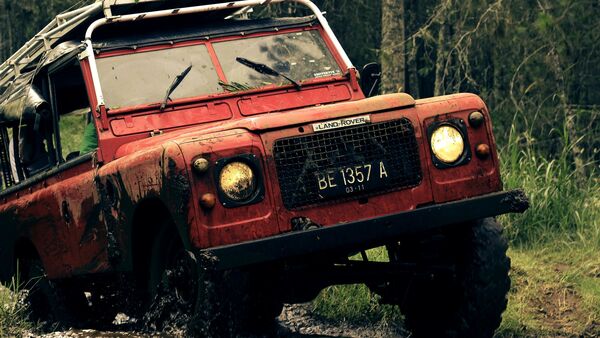
The drivetrain for you: Decoding FWD, RWD, AWD and 4WD for every driving need
4 months ago | 5 Views
Front-wheel drive is a setup wherein the engine’s power is directly delivered to the front wheels. This is commonly seen on most compact and family cars. FWD systems tend to be lighter and more fuel-efficient than other drivetrains. A FWD also gets pretty good grip levels in slippery conditions due to the engine weight being directly over the wheels. This setup, however, is prone to understeer when cornering at higher speeds.
Rear-wheel drive as the name suggests, is a layout where only the rear wheels receive the engine's power. This setup is popular in sports cars, trucks and performance-oriented sedans. RWDs are great at putting down power and helping the vehicle accelerate faster but also require more skill than FWD cars as they are prone to over-steer which can be particularly tough to correct. RWD drivetrains are also great for towing applications as they are much more stable. Naturally, they are more expensive to repair being more complex and requiring more maintenance.
All-wheel drive systems deliver power to all four wheels simultaneously or based on need. AWDs are generally found in crossover SUVs, some sedans and performance cars. An AWD drivetrain is specifically proficient at handling even icy, uneven and wet roads making it ideal for regions with variable weather. Modern AWD systems can adjust power distribution instantly for optimal traction making them useful in mixed conditions. The downsides of this kind of drivetrain include reduced fuel efficiency due to the heavier overall setup and the increased complexity and acquisition cost due to electronic systems and additional hardware.
Four-wheel drive setups are also known as 4x4 and are specifically designed for off-road driving and challenging terrains. In 4WD vehicles, the driver can manually engage or disengage the 4WD mode depending on the requirement. These are usually seen on bigger SUVs meant for extreme off-roading conditions, such as mud, sand, and rocky terrains. However 4WD is designed for rugged conditions, and drivers in urban areas may find it unnecessary and costly. In trucks, these systems can also provide the necessary torque for heavy loads and inclines.
Read Also: Maruti Suzuki Dzire to Mahindra BE 6e: 5 cars teased right as November begins
HOW DID YOU LIKE THIS ARTICLE? CHOOSE YOUR EMOTICON !
#

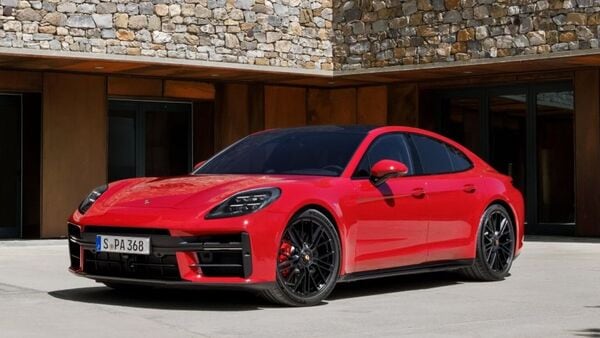
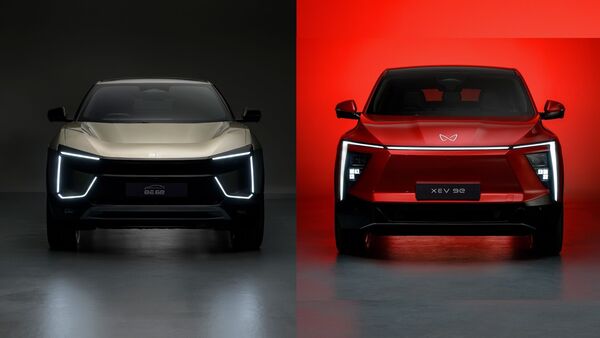
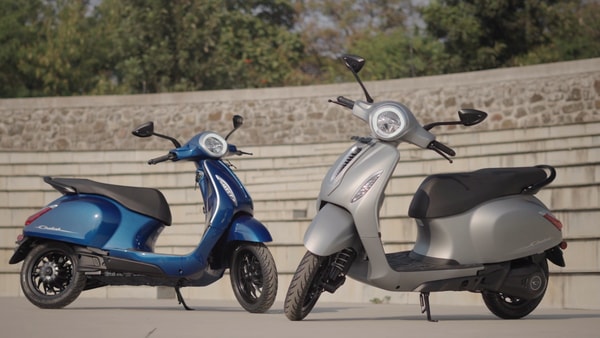

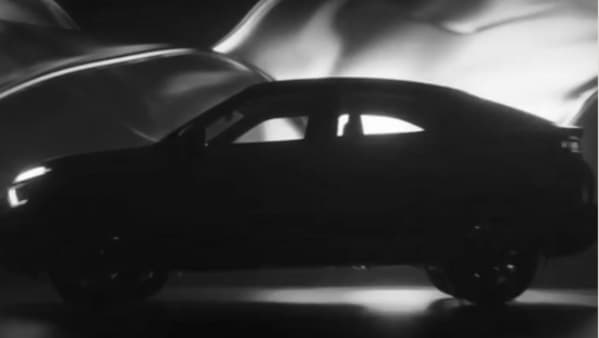






.webp)







